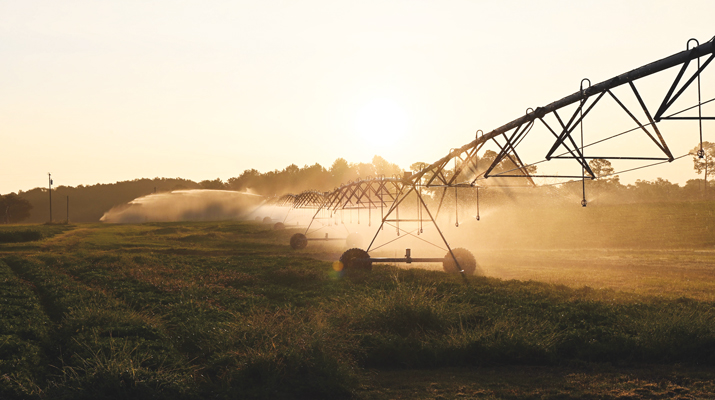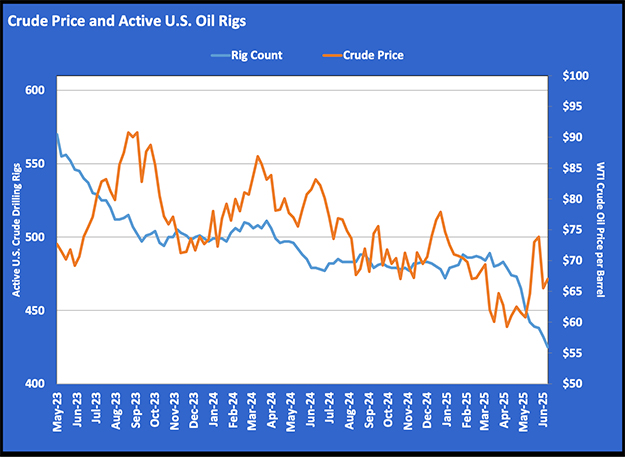Year-end legislation proves beneficial for propane
The propane industry claimed several victories in major year-end COVID-19 relief and appropriations legislation signed into law Dec. 27, 2020.
H.R. 133, an omnibus package, contained appropriations funding for research and development projects through the Department of Energy (DOE), an extension of alternative fuel tax credits, COVID-19 relief for small businesses and other broad energy provisions, according to the National Propane Gas Association (NPGA).
“The propane industry is a clear winner in Congress’ year-end legislation,” says Steve Kaminski, NPGA’s president and CEO, in an alert to association members. “NPGA worked tirelessly with its member companies and allies in Washington, D.C., to secure the inclusion of several policy priorities in the final legislative package of the 116th Congress.”
Kaminski says he’s most excited about what was left out of the bill, as NPGA advocated to remove a building code provision that would have raised housing costs and favored electrification over the use of propane and other traditional energy sources.
Among other energy provisions in the bill is propane’s application as an environmentally friendly alternative to hydrofluorocarbons, commercial-grade refrigerants that are being phased out in the U.S. due to their potency as a greenhouse gas.
Another notable item in the year-end legislation, Kaminski says, is a “tax fix” tied to the Paycheck Protection Program (PPP). The legislation specifies that the IRS will not include forgiven PPP loans as taxable income, and it allows the deductibility of business expenses related to the loans.
Also, on the COVID-19 relief front, the legislation created the Emergency Rental Assistance Program, which provides funds for home energy costs and arrearages.
Advantage autogas
With the alternative fuel tax credits, extended through 2021, propane is covered at 36 cents a U.S. gallon, according to Roush CleanTech. The credit is available alongside the alternative fuel refueling infrastructure credit. Fueling equipment for propane and natural gas is eligible for a tax credit of 30 percent of the cost, not to exceed $30,000 per property, says the supplier of propane autogas fueling systems.
“It’s great for our customers, both financially and to help strengthen their belief in our product and the propane industry,” says Todd Mouw, president of Roush CleanTech, in a statement to LP Gas. “It also reinforces the mindset that it’s going to take all fuels to help us clean the environment and that there isn’t one single solution.”
These alternative fuel tax provisions, which were set to expire at the end of 2020, are worth more than $165 million annually to the propane industry, according to NPGA. They will help provide tax certainty to the propane industry and its customers, and help transition more Americans to autogas vehicles, the association adds.
“Autogas has consistently offered fleets great pricing differentials compared to gasoline and diesel. The extension of this tax credit is another step forward for expanding our industry,” says Ed Hoffman, president of Blossman Services, the autogas system distribution partner of Alliance AutoGas, in a statement to LP Gas. “For many of our end users, this allows them to convert more vehicles. The additional 36 cents a gallon will pay for half the conversion cost in the first year for higher-use customers.”
The infrastructure credit is not lost on companies like Superior Energy Systems, which manufactures propane autogas refueling dispensers.
“A tax credit of 30 percent of the cost of fueling equipment is certain to keep the momentum for propane autogas moving in the right direction in 2021, providing business, transit, school bus and other fleets with the most cost-effective and emissions friendly alternative to gasoline and diesel to meet their needs,” says Derek Rimko, vice president of operations at Superior Energy Systems, in a statement to LP Gas.
Vehicle engine technology also benefited from appropriations funding opportunities through the DOE – totaling $5 million. The technology includes dimethyl ether, also known as DME. Combined heat and power projects are also listed under the DOE appropriations umbrella.
“The provisions included in this legislation demonstrate to the new Congress and incoming administration Americans’ collective recognition that propane provides practical and proven planet protection for today and tomorrow,” Kaminski says.
Separately, Kaminski notes, NPGA supported the National Defense Authorization Act pilot program, which requires Department of Defense facilities to purchase new alternative fuel vehicles, including propane, in place of traditional gasoline or diesel vehicles when less than a 10 percent cost difference exists among the options. The pilot program was part of H.R. 6395, the National Defense Authorization Act for Fiscal Year 2021, which authorizes annual appropriations and policies for the Department of Defense. Congress favorably voted to override President Trump’s veto of the bill.
Pipeline rates
As 2020 closed, NPGA also touted developments for propane with the Federal Energy Regulatory Commission (FERC).
FERC regulates the rates of liquid pipelines, which carry propane and other products. The commission uses an index, updated every five years, to establish “just and reasonable rates.” On the whole, the propane industry prefers lower pipeline rates and a lower index, as these costs are typically passed through to marketers, NPGA explains.
On Dec. 17, FERC voted on its final ruling on the five-year index review proceeding. The new five-year index, set to take effect July 1, is: Price Index Finished Goods plus 0.78 percent.
FERC’s ruling was positive for the propane industry in one respect and less positive in another, NPGA says.
On the plus side, the new rate will be better for propane for 2021-26 than what’s been in place for the past five years (Price Index Finished Goods plus 1.23 percent), and is better than the rate advocated by the Association of Oil Pipelines and its coalition partners (Price Index Finished Goods plus 1.46 percent). However, according to NPGA, a new methodology adopted by FERC could, if left in place, lead to higher liquid pipeline rates after the 2021-26 index period.
NPGA, which has partnered with Airlines for America, Valero and Chevron on this effort, says it is analyzing the impact of the final price index to calculate the savings to the propane industry as well as the shift in FERC’s methodology calculations.
Featured photo: Douglas Rissing/iStock / Getty Images Plus/Getty Images
















